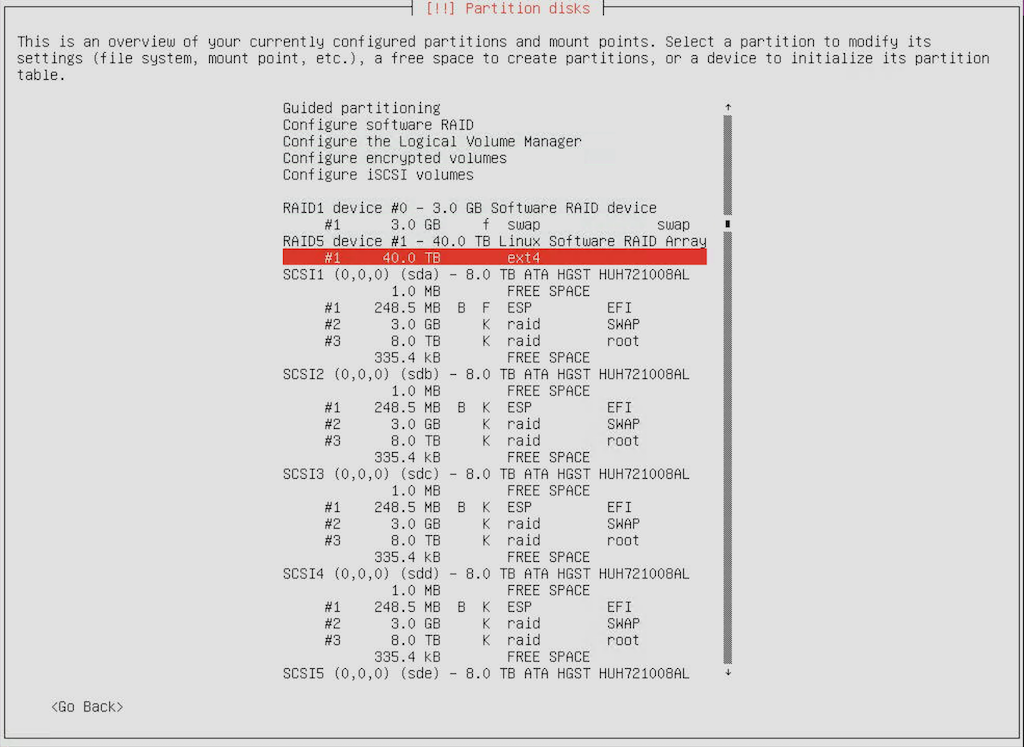

Windows 2000 Professional also has JBOD, 0, and 1. Windows 7 Home allows JBOD and RAID 1 while Professional and Ultimate add RAID 0 mirroring.Windows Vista Ultimate allows JBOD and RAID 1 striping.Windows XP allows spanned volumes (one volume over two or more disks), aka JBOD.What type depends on the flavor of Windows: Windows Software RAID: Starting with Windows XP, Microsoft integrated RAID functionality into its operating systems. RAID 1 offers no gain in performance and effectively reduces available capacity by half-two 2TB drives provide only 2TB of storage. Since each drive is an exact duplicate of the other, you can continue working if one fails. RAID 1 (Mirroring): A RAID 1 setup protects data from drive failure by simultaneously writing the same data to two hard drives. RAID 0 setups are standard on high-end gaming PCs and graphic design workstations, and provide a measurable, albeit modest performance boost for hard-disk-intensive programs. Unfortunately, RAID 0 provides no data protection-in fact, it actually increases the chances of data loss since the failure of either drive in the array results in the loss of the data stored on both drives. By leveraging two data busses, data can be read and written more quickly. RAID 0 (Striping): This setup increases hard-drive performance by splitting, or striping, data across two drives. It’s largely irrelevant given today’s more capacious hard drives. It offers no boost in performance or redundancy and is a holdover from the days when smaller disks had to be chained to handle large amounts of data. Data is written to the first disk until it’s full, then to the second disk, then the third, etc. JBOD (extend, spill over): JBOD, or Just a Bunch Of Disks simply allows you to extend a volume (drive letter, e.g.


 0 kommentar(er)
0 kommentar(er)
